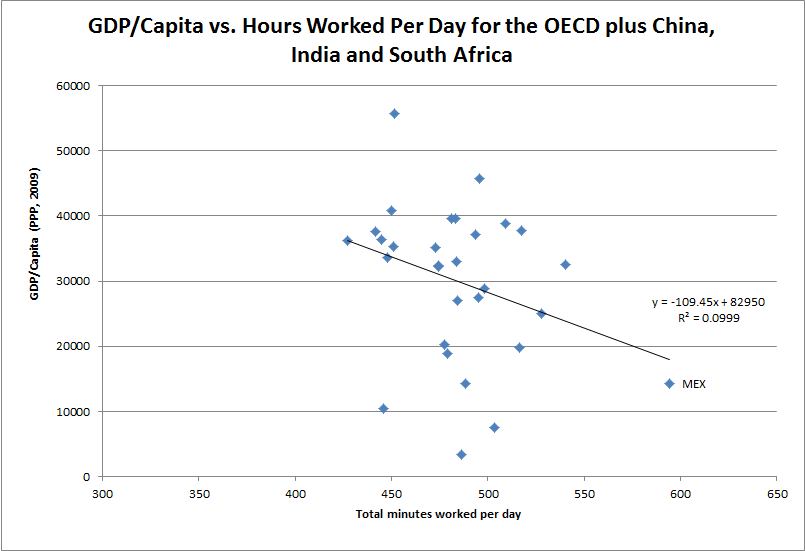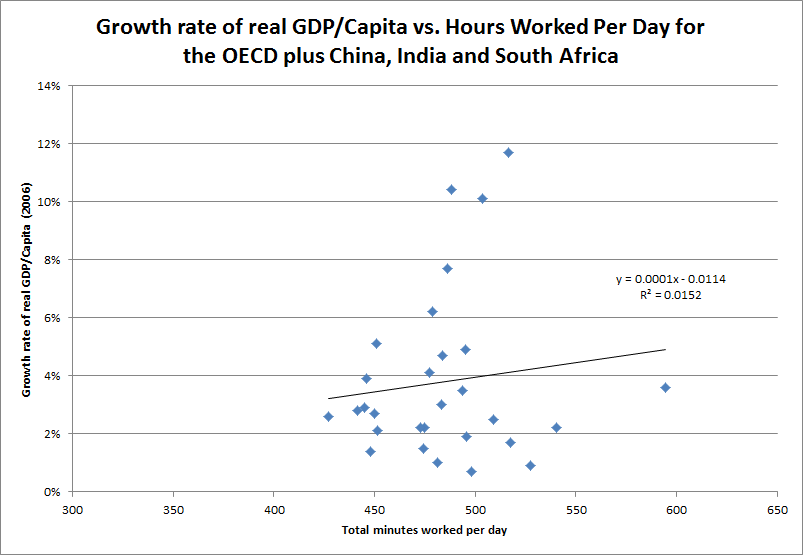When engaging in Quantitative Easing (QE) at the Zero Lower Bound (ZLB), central banks face a trade-off: If they are successful in reducing interest rates on long-term, high-risk assets, they do so at the cost of lowering the profitability of financial intermediaries, making it more difficult for them to repair any balance sheet problems and rendering them more susceptible to future shocks, thereby increasing the fragility of the financial system.
The crisis of 2007/2008 and the present Euro-area difficulties may both be interpreted, from a policymaker’s viewpoint, as a combination of two related events: an exogenous change in the relative supplies of high- and low-risk assets and, subsequently, a classic liquidity crisis. A group of assets that had hitherto been considered low risk suddenly became viewed as high risk. The increased supply of high-risk assets pushed down their price, while the opposite occurred in the market for low-risk assets. Unsure of their counterparties’ exposure to newly-risky assets, the suppliers of liquidity then withdrew their funding. Note that we do not require any change in financial intermediaries’ risk-aversion (their risk appetite) in this story. Tightening credit standards, common to any downturn, serve only to amplify the underlying shock.
Central banks responded admirably to the liquidity crises, supplying unlimited quantities of the stuff and generally at Bagehot’s recommended “penalty rate”. In response to the first problem, and being concerned primarily with effects on the real economy, central banks initially lowered overnight interest rates, trusting markets to correspondingly reduce low-risk and, in turn, high-risk rates. When overnight rates approached zero and central banks were unwilling to permit them to become negative, they turned to QE, mostly focusing on forcing down low-risk rates (out of a concern for distorting the allocation of capital across the economy) and allowing markets to bring down high-risk rates.
Consequently, QE tightens spreads over overnight interest rates and since spreads over blew out during the crisis, this is commonly seen as a positive outcome and even a sign that the overall problem is being resolved. However, such an interpretation misses the possibility, if not the fact, that broader spreads are rational market reactions to an underlying shift in the distribution of supply. In such a case, QE cannot help but distort otherwise efficient markets, no matter what assets are purchased.
Indeed, limiting purchases to low-risk assets may serve to further distort any “mismatch” between the distributions of supply and demand. Many intermediaries operate under strict, and slow moving, institutional mandates that limit their exposure to long-term, high-risk assets. Such market participants are simply unable, even in the medium term, to participate in the portfolio rebalancing that CBs seek. The efficacy of such a strategy may therefore decline as those agents that are able to participate become increasingly saturated in their purchases of high-risk debt (and in so doing are seen as risky themselves and so unable to raise funds from the constrained agents).
Furthermore, QE in the form of open market purchases of bonds, no matter whether they are public or private, automatically implies a bias towards large corporates and away from households and small businesses that rely exclusively on bank lending for credit. Bond purchases directly lower interest rates faced by large corporates (through portfolio rebalancing), but only indirectly stimulate small businesses or households via bank funding costs. In an environment with reduced competition in banking and perceived fragility in the financial industry as a whole, funding costs may not decline in response to QE and even if they do, the decline may not be passed on to borrowers.
In any event, a direct consequence of QE at the ZLB must be a reduction in the expected profitability of the financial industry as a whole and with it, a corresponding decline in the industry’s ability to withstand negative shocks. Given this trade-off, optimal policy at the ZLB should expressly consider financial system fragility in addition to inflation and the output gap, and when the probability of a negative shock rises, the weight given to such consideration must correspondingly increase.
How, then, to stimulate the real economy? Options to mitigate such a trade-off might include permitting negative nominal interest rates, at least for institutional investors; engaging in QE but simultaneously acting to improve financial industry resilience by, for example, mandating industry-wide constraints on dividends or bonuses; or, perhaps most importantly, acting to “correct” the risk distribution of long-term assets. The first of these is not without its risks, but falls squarely within the existing remit of most central banks. The second would require coordination between monetary and regulatory policy, a task eminently suited to the Bank of England’s new role. The third requires addressing the supply shock at its source and so its implementation would presumably be legislative and regulatory.
If further QE is deemed wise, it may also be necessary to grit one’s teeth and shift purchases out to (bundles of) riskier assets, if only maximise their effect. Given the distortions that already occur with low-risk purchases, this may not be as bad as it first seems.
Active monetary research can help inform all of these options, but more broadly, should perhaps focus not just on identifying the mechanisms of monetary transmission but also consider their resilience.


